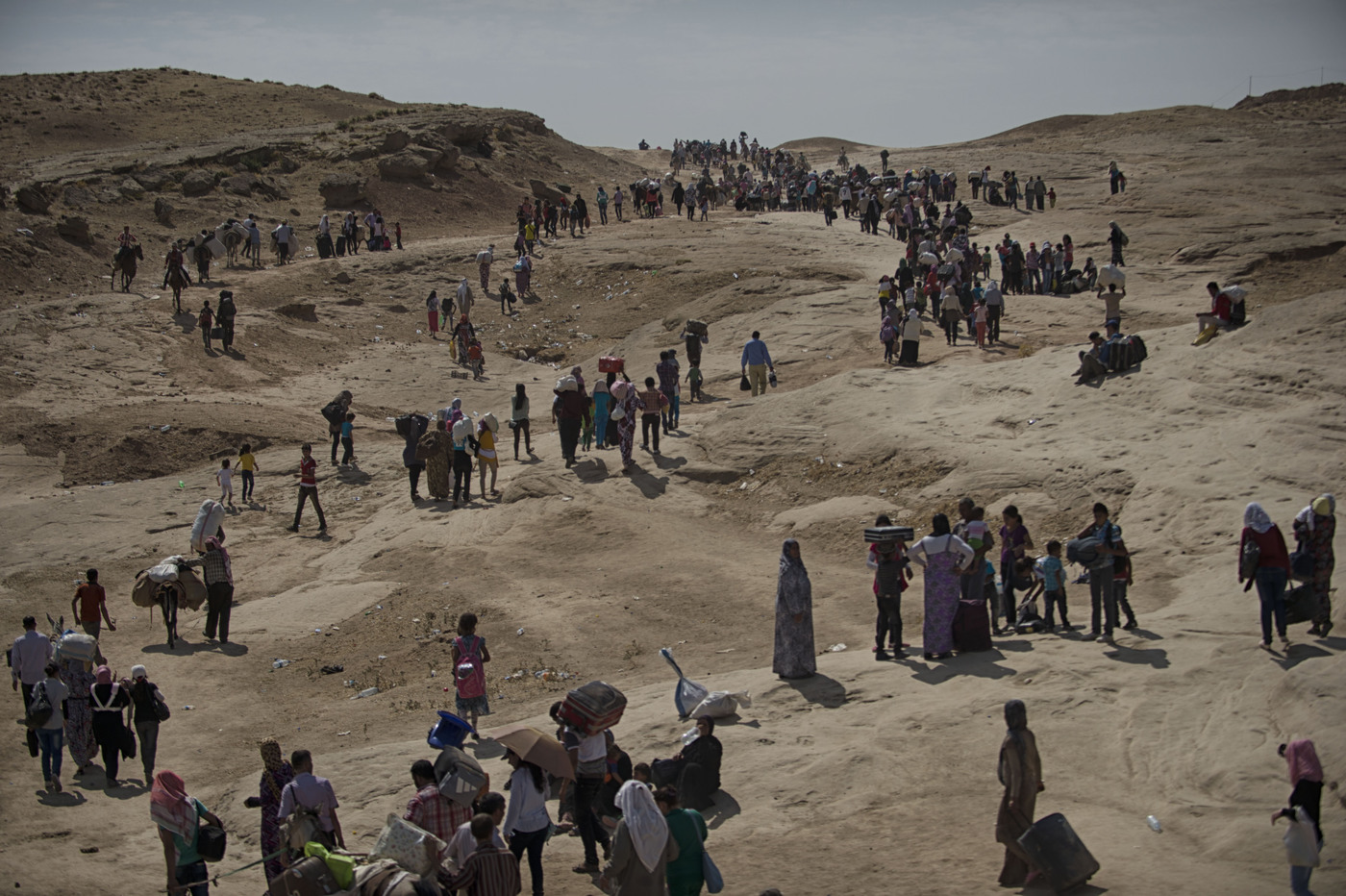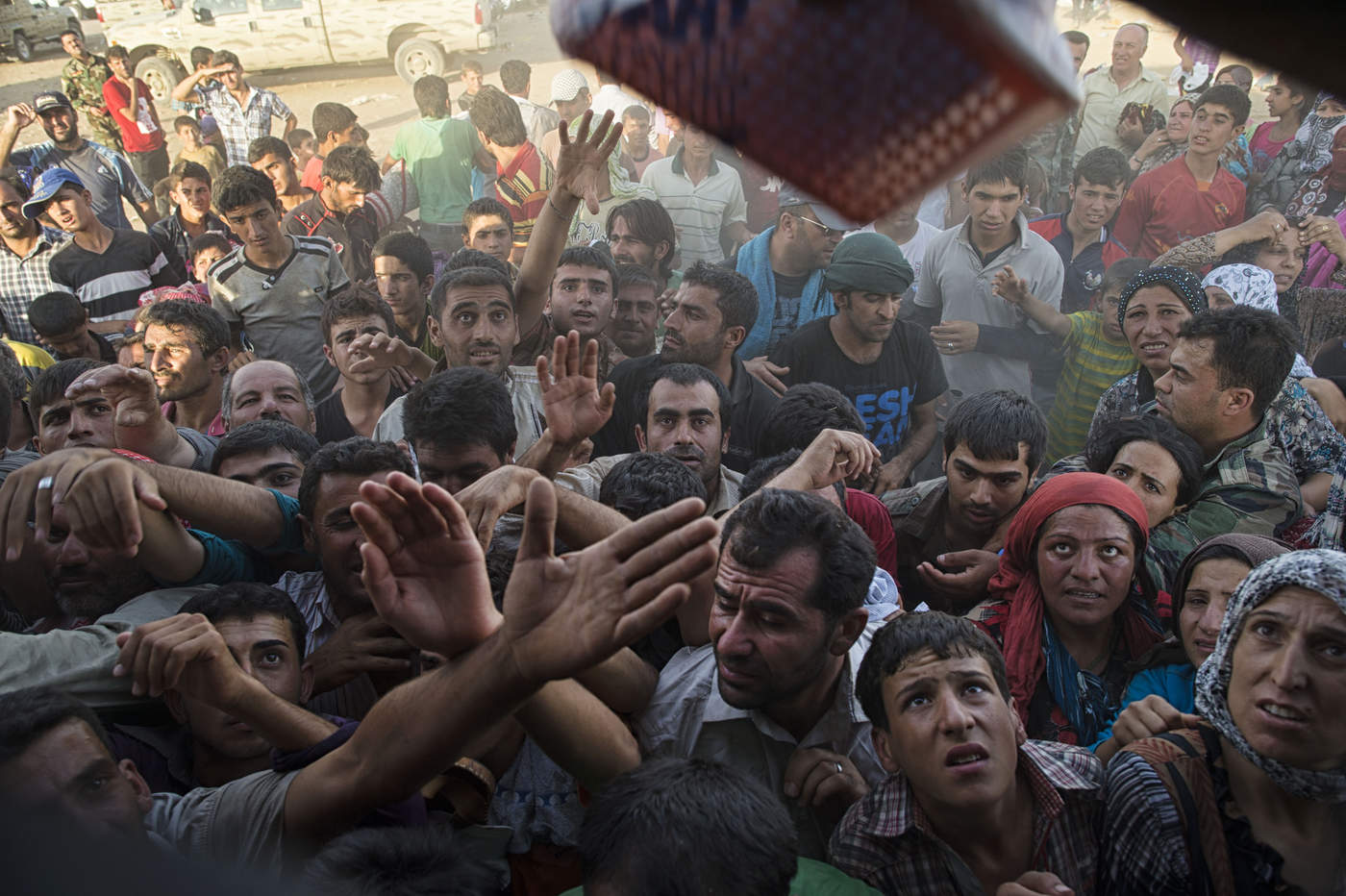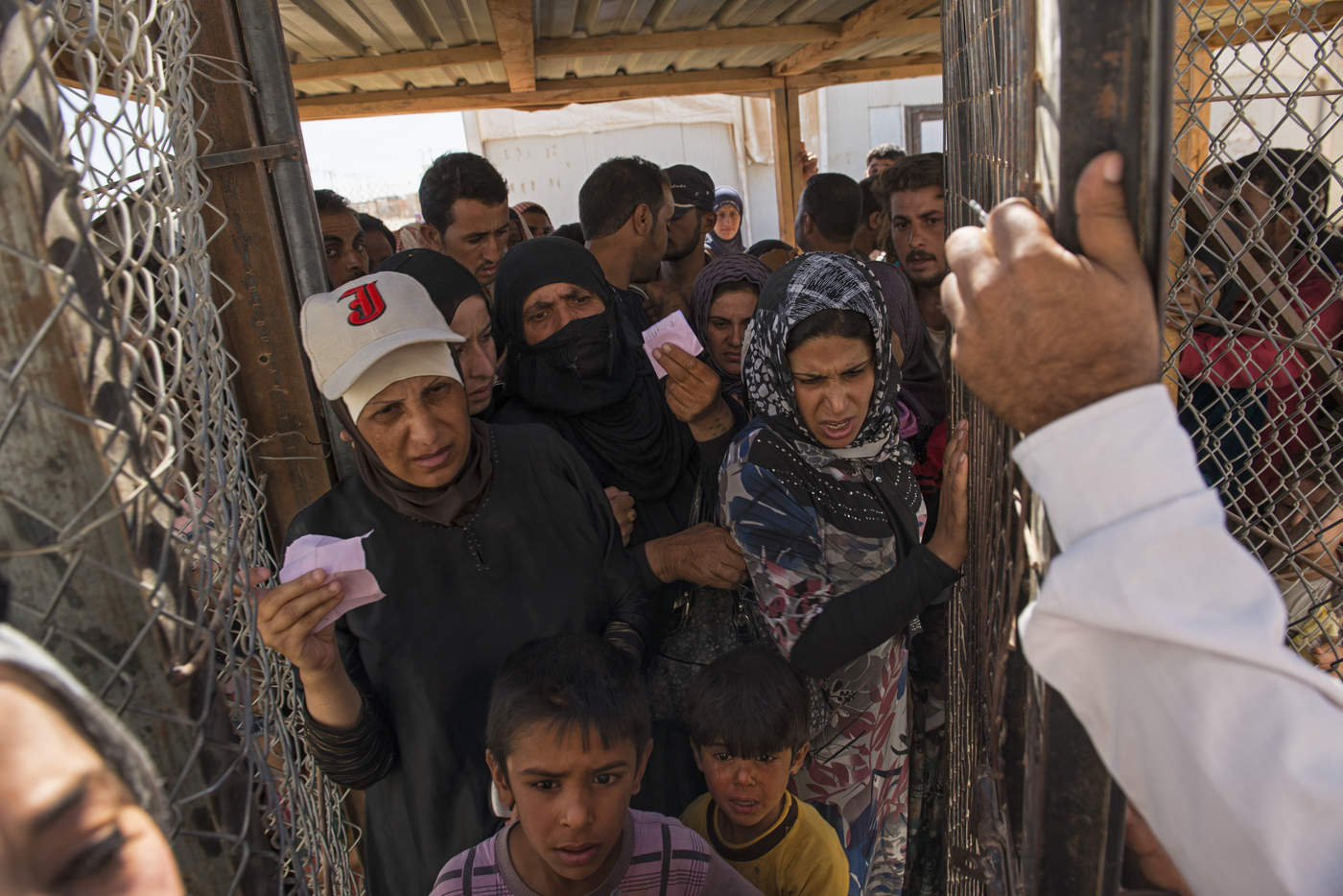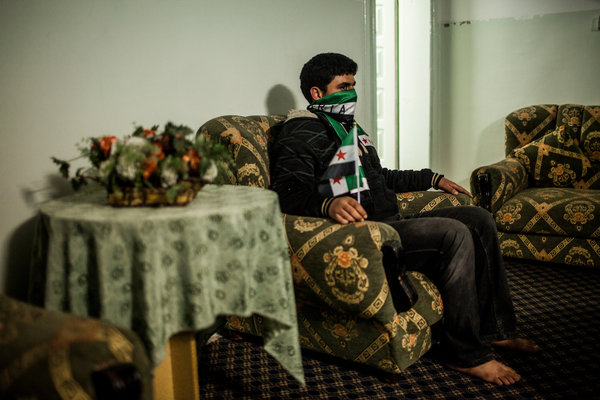I don’t know enough about current events, so after changing my topic from historical things (the history of a place, or ancient cats), I finally decided to learn about a current conflict I know nothing about.

- The Refugee Crisis



- At this point in time, almost 9 million refugees have been displaced—6.5 million internally displaced refugees in Syria, and another 3 million throughout the Middle East and Europe. This is the greatest diaspora on the European continent since World War II.
- The Syrian Civil War began in March 2011, in part a result of/response to the Arab Spring, a series of political uprisings throughout the Middle East. The Arab Spring began with the Tunisian Revolution in December 2010. The ruling Presidents and governments of Tunisia, Egypt, Libya and Yemen were overthrown by the end of February 2012.
- So how did it start in Syria? Syria has been ruled by a dictatorship, the Al-Assad family, since the 1970s, and there was growing unrest and dissatisfaction with the quasi-dictatorship, especially with the Arab Spring.
- Then, in 2011 several young teenage boys, who had graffitied pro-revolutionary slogans on a school wall, were arrested and tortured. Their story sparked the anti-government protests. This is a picture of one of the boys, now living in Jordan:

- Unlike other countries in the Arab Spring, when these protests started, President Bashar al-Assad refused to step down. Over the course of 2011 and 2012, the conflict escalated into civil war.
- There are a number of rebel groups involved, and the divisions are both regional and dogmatic. President al-Assad is Shia, Alawite sect, while the majority of the country and the opposition forces are Sunni.
- Iran-based Hezbollah entered the war in 2013 in support of the Syrian Army.
- ISIS also took advantage of the situation to enter the war and strengthen their power—they have gained control over large areas of both Syria and Iraq
- Russia joined the war also in support of President al-Assad, and began an air campaign against opposition groups in September 2015 that’s been particularly brutal
- The US, UK and French coalition, supporting the oppositions forces, also launched its own air strike in 2014 in an attempt to shut down ISIS. While the coalition supports the pro-democratic rebel forces, they have been afraid to do too much, in fear of inadvertently helping the pro-government forces. For example, they’ve been unwilling to provide anti-aircraft weaponry, which could really help with the Russian air strikes, for fear of allowing the weapons to fall into the hands of ISIS or other jihadist extremists.
- Obama was considering US involvement in Syria in August 2013, but ultimately decided against it. Many have accused him for not intervening in Syria at that time, before things escalated to the degree they’re at now.
- “The disappointment caused by the West’s inaction created a fertile recruiting ground for extremists, who told those who had lost their loved ones that they were their only hope” —Majed, a 26-year-old civil society activist (BBC)
- What began as an internal uprising has turned into an international war. Serious human rights violations have been committed—multiple massacres have occurred
- “By June 2013, the UN said 90,000 people had been killed in the conflict. By August 2015, that figure had climbed to 250,000, according to activists and the UN” (BBC). And this is in addition to the 9 million refugees.
- Many (most) of these refugees are suffering with psychological and health problems, which creates more problems for the countries that are taking them in.
- According to statistics in 2015, 95% of the refugees are in crowded, under-supplied camps in neighboring countries.
- Germany established an open door policy, and Merkel also faced critique for taking a too-lenient stance.
- Here’s a video that really breaks down the causes and beginnings, as well as the significant consequences, of the Syrian crisis:
- https://www.youtube.com/watch?v=RvOnXh3NN9w
- There have been some efforts for resolution: in 2014, the UN held peace talks, known as “Geneva II,” but they broke down after only two rounds. The UN then sought to establish a number of areas of ceasefire, “freeze-zones,” which was partially successful, in some areas.
- Most recently: “The US and Russia led efforts to get representatives of the government and the opposition to attend “proximity talks” in Geneva in January 2016 to discuss a Security Council-endorsed road map for peace, including a ceasefire and a transitional period ending with elections” (BBC).
- These talks are going on right now. The New York Times coverage reports that there is a lot of doubt surrounding these talks and the agreed-to ceasefire—whether groups will actually comply with the agreement in reality, or whether the ceasefires will actually make any difference. One recent ceasefire agreement didn’t apply to ISIS or Nusra Front, which made it doubtful whether it will be any more effective than previous ceasefires. From a New York Times article today (Feb 24th), the Syrian Government and opposition groups did agree to a ceasefire, a pause in the war, but all groups involved—including the US and Russia, who led the agreement—are doubtful as to whether this “pause” in fighting will make any difference in the course of the war.